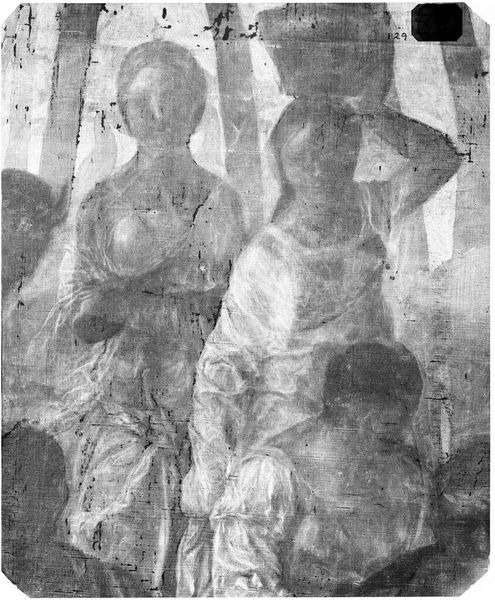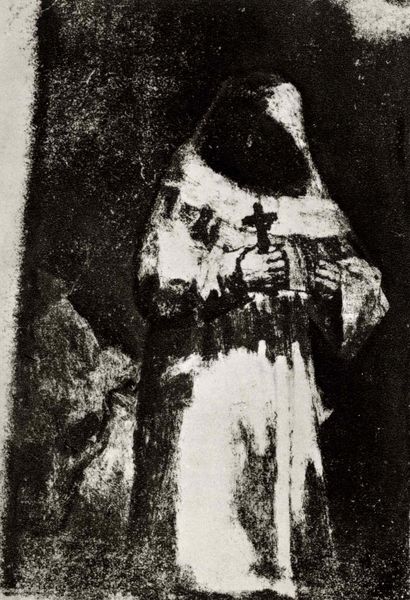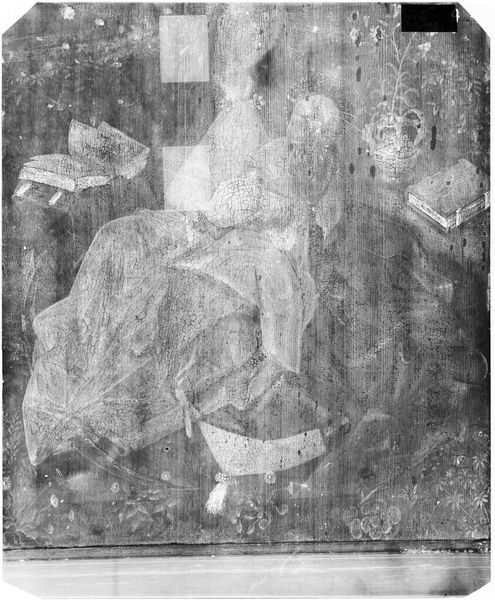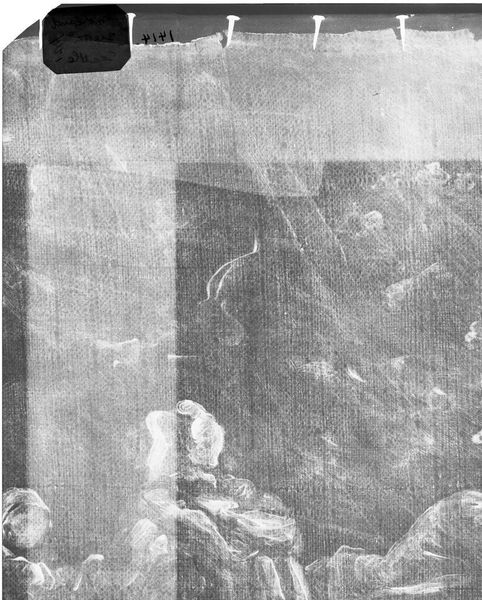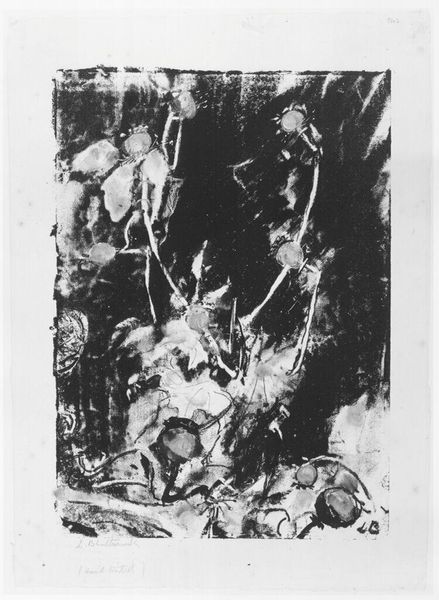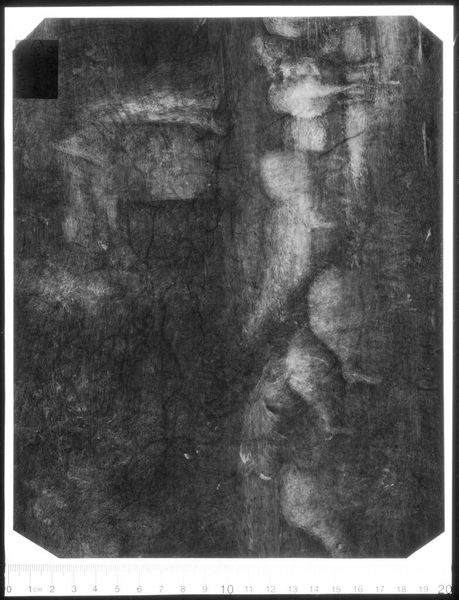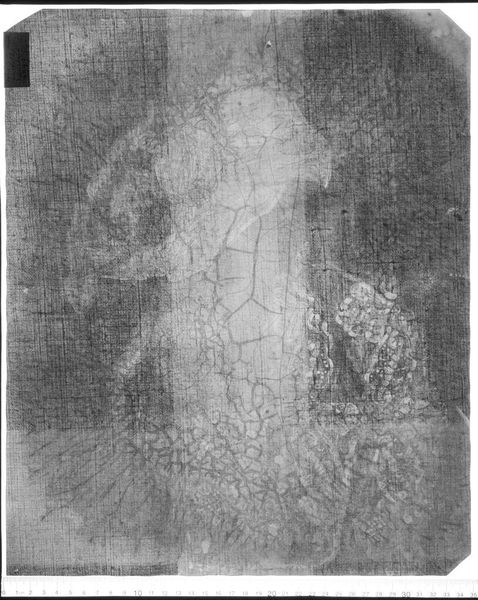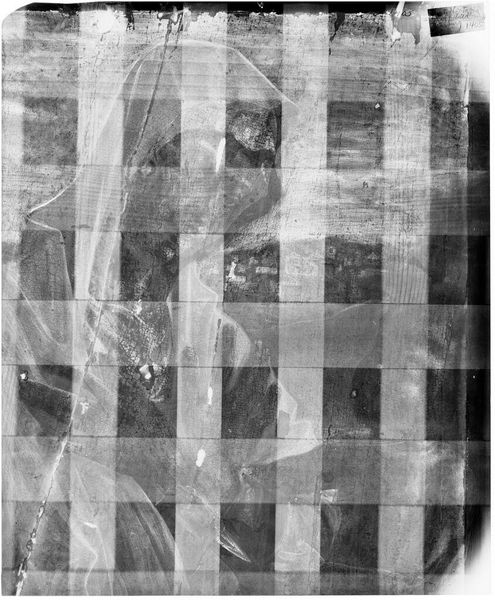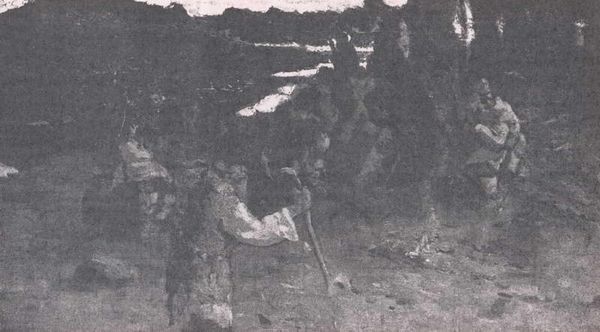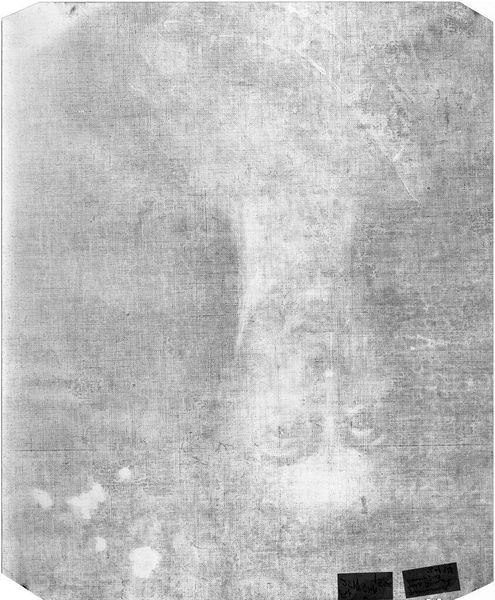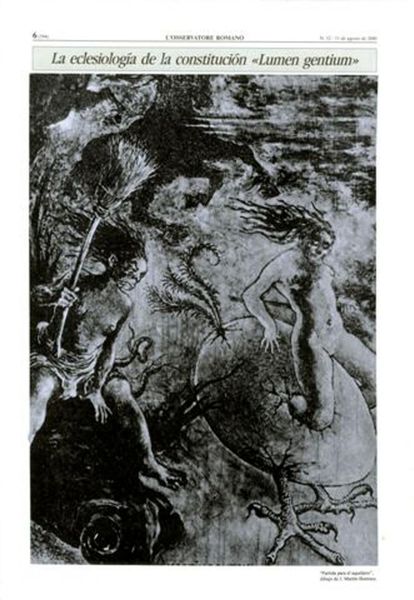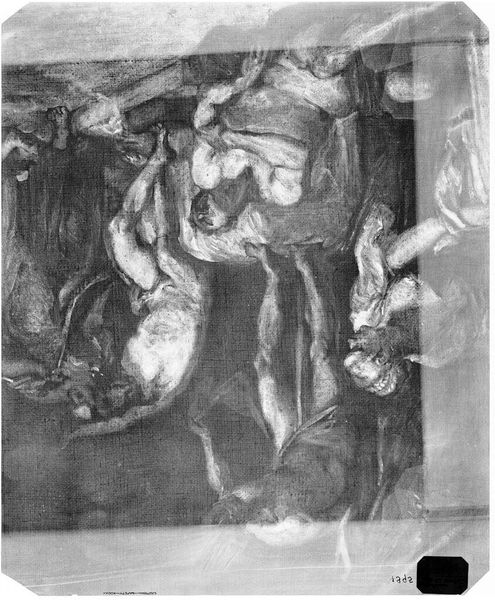
Copyright: Bela Czobel,Fair Use
Curator: This artwork is titled "Czobel Béla 1933 Virág Csendélet," which translates to "Bela Czobel 1933 Flower Still Life." It’s a charcoal drawing from 1933 by the Hungarian artist Béla Czóbel. Editor: Stark. A bit ominous for a flower still life, wouldn't you say? The stark monochrome lends it a gravitas I wouldn’t expect. Curator: The choice of charcoal certainly influences that mood. It’s fascinating how a medium so associated with preliminary sketches or industrial processes here defines the final aesthetic. Consider also the implications of Czóbel choosing charcoal over traditional paints—is it a reflection of resource constraints, a deliberate statement about the value of accessible materials, or merely a stylistic preference? Editor: Yes, that darkness evokes a sense of mortality, of *vanitas.* Flowers, classically symbols of beauty and transient life, rendered here with such brooding weight. Is that vase meant to resemble an urn? Or perhaps the blooms symbolize memory? Curator: Memory certainly plays a role here. Czóbel, having lived and worked through both World Wars, perhaps intended for this image to provoke sober contemplation in viewers, particularly regarding material circumstances. Note the dense hatching; that speaks to both the artist’s labor and also points us towards coal production in Hungary, in decline since before the drawing’s execution. Editor: An interesting material observation, indeed. For me, it's also how the light catches certain blooms, singling them out. In so doing, the piece is full of subtle Christian imagery: the suffering, the resurrection, and of course, purification through fire. Even in a still life, these icons persist! Curator: True. I find myself considering how Czóbel, amidst the turbulent interwar period, negotiated both international avant-garde movements like expressionism and also more local production challenges. Was he making an argument through art, a case for finding the extraordinary in the everyday available, irrespective of conventional aesthetic values? Editor: Regardless of his explicit intent, I agree. The lasting resonance lies in how visual motifs—rebirth and ruin—mingle, even in the humblest charcoal flower. Curator: An intriguing work viewed through multiple, surprisingly interwoven, lenses. Editor: Yes, material conditions informing symbolic expression, or is it the other way around? Food for thought.
Comments
No comments
Be the first to comment and join the conversation on the ultimate creative platform.
